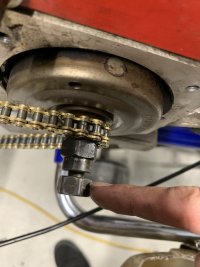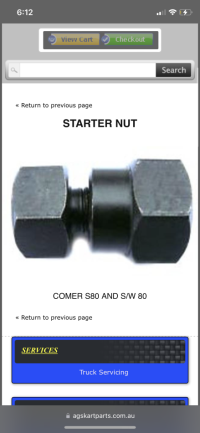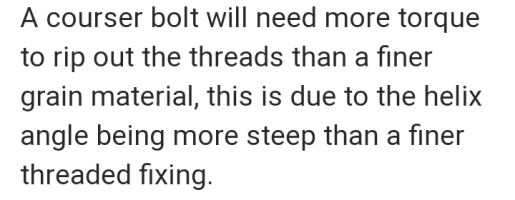Can someone please shed some light on what I’m doing wrong here, this has happened twice now. On my son’s comer sw80, there is a counter clockwise bolt (that is hollow and has threads) that tightens the drum to the clutch. Then there is a bolt (starter bolt) that screws in normally (clockwise) into this hollow bolt until the end of the starter bolt reaches the crank shaft (which means it looks like it’s screwed only 3/4 of the way in - which is how it’s intended to look).
My issue is that when I put my Coleman external starter on this starter bolt and crank the engine over, the starter is further spinning this bolt right to the point it over tightens and strips the threads of both the hollow bolt and the starter bolt, and they’re now both a throw out job.
This has happened twice now. It doesn’t matter how lightly I tighten the outside starter bolt, cos as soon as the Coleman starter cranks over it immediately locks it tighter and tighter until it strips the threads. Does anyone have any experience with this?

My issue is that when I put my Coleman external starter on this starter bolt and crank the engine over, the starter is further spinning this bolt right to the point it over tightens and strips the threads of both the hollow bolt and the starter bolt, and they’re now both a throw out job.
This has happened twice now. It doesn’t matter how lightly I tighten the outside starter bolt, cos as soon as the Coleman starter cranks over it immediately locks it tighter and tighter until it strips the threads. Does anyone have any experience with this?
Attachments
Last edited:


